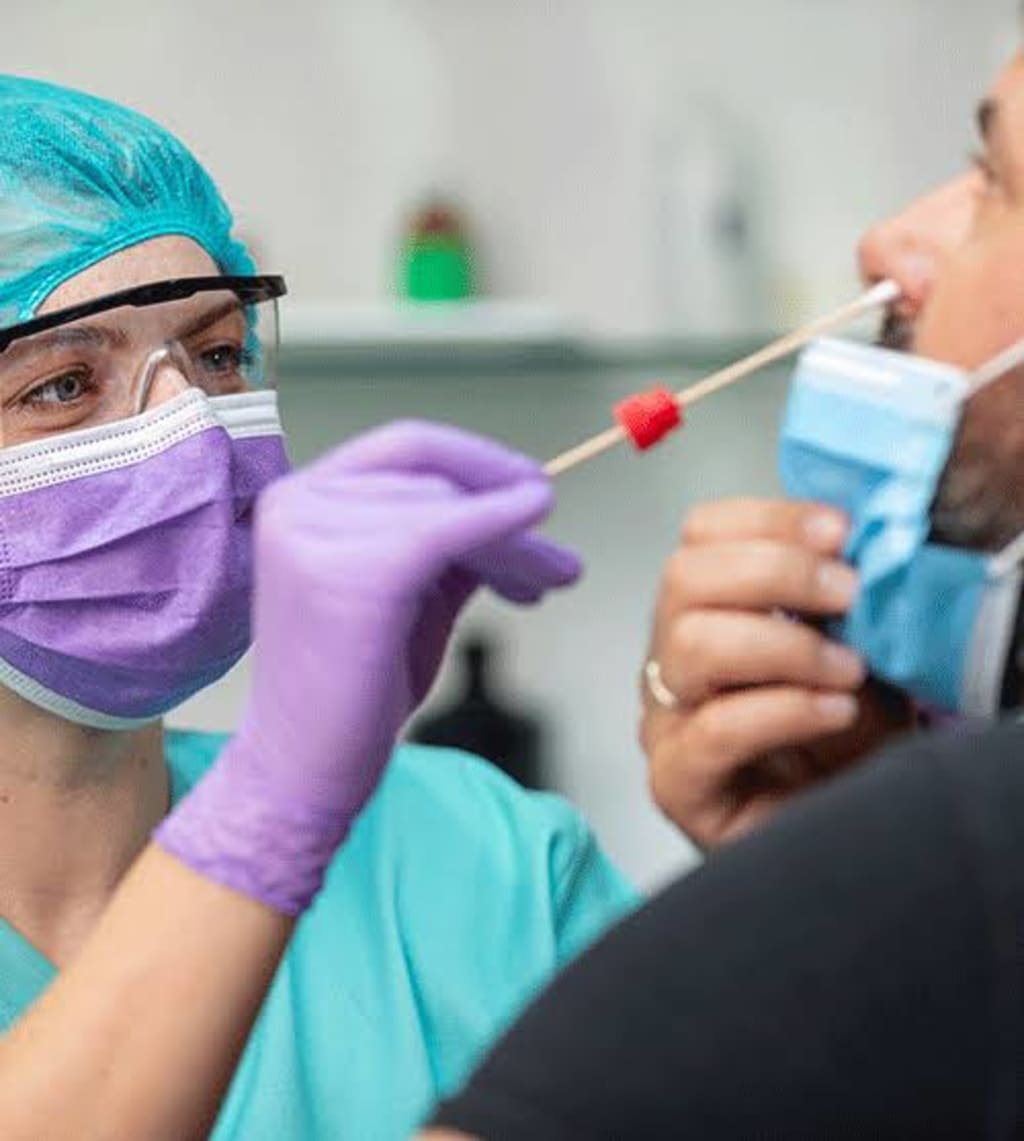
I. Introduction
A. Overview of COVID-19: COVID-19, also known as coronavirus disease 2019, is a highly infectious respiratory illness caused by the severe acute respiratory syndrome coronavirus 2 (SARS-CoV-2). It was first identified in Wuhan, China in December 2019 and has since spread to become a global pandemic.
B. Explanation of the scope of the outline: This outline will provide an overview of the causes and transmission of COVID-19, the symptoms and diagnosis of the disease, current treatments and vaccines, the impact of the pandemic on society, prevention and control measures, and a conclusion on the ongoing nature of the pandemic and the importance of continued efforts to control its spread.
II. Causes and Transmission
A. Description of the virus and how it spreads: COVID-19 is caused by the SARS-CoV-2 virus, which is primarily spread through respiratory droplets when an infected person talks, coughs, or sneezes. The virus can also spread through close contact with an infected person or by touching surfaces contaminated with the virus and then touching one's face.
B. Discussion of possible origins of the virus: The origins of the virus are still being studied, but it is believed to have originated in bats and then was transmitted to humans through an intermediate host, such as a pangolin.
III. Symptoms and Diagnosis
A. Overview of common symptoms of COVID-19: Common symptoms of COVID-19 include fever, cough, shortness of breath, fatigue, body aches, and loss of taste or smell. Some people may not have symptoms or may have mild symptoms, while others may experience severe illness or death.
B. Discussion of diagnostic methods and testing: Diagnosis of COVID-19 is typically done through PCR testing of respiratory samples,
IV. Treatment and Vaccines
A. Overview of current treatments for COVID-19: COVID-19 is primarily treated with supportive care such as oxygen therapy and hydration. There are also several antiviral medications that have been authorized for emergency use by the FDA, such as remdesivir, and other treatments such as corticosteroids and convalescent plasma are also being used. However, it is worth noting that there is no specific cure for COVID-19 and most treatments aim to relieve symptoms.
B. Discussion of the development and distribution of COVID-19 vaccines: Several COVID-19 vaccines have been developed and authorized for emergency use by regulatory agencies around the world, including Pfizer-BioNTech, Moderna, AstraZeneca, and Johnson & Johnson. The vaccines have undergone clinical trials to demonstrate their safety and efficacy. The distribution of vaccines is ongoing and varies by country and region.
V. Impact on Society
A. Discussion of the economic impact of COVID-19: The economic impact of COVID-19 has been significant, with widespread job losses, business closures, and economic recession. The pandemic has also exposed and exacerbated pre-existing economic inequalities.
B. Overview of the impact on healthcare systems: The COVID-19 pandemic has placed a significant strain on healthcare systems around the world, leading to shortages of personal protective equipment, hospital beds, and other medical resources. This has also highlighted the need for more robust and resilient healthcare systems.
C. Examination of the impact on mental health and well-being: The COVID-19 pandemic has had a significant impact on mental health and well-being, leading to increased levels of anxiety, depression, and stress. The social isolation and uncertainty brought about by the pandemic have also contributed to this.
VI. Prevention and Control
A. Discussion of measures to prevent the spread of COVID-19: Measures to prevent the spread of COVID-19 include wearing masks, practicing social distancing, washing hands regularly, and getting vaccinated. Non-pharmaceutical interventions such as quarantine, lockdowns and travel bans were also implemented.
B. Examination of the effectiveness of different control strategies: The effectiveness of different control strategies has varied, with some countries experiencing more success in controlling the spread of the virus than others. Factors such as population density, healthcare infrastructure, and government response have played a role in determining the success of these strategies.
VII. Conclusion
A. Summary of key points discussed in the outline: The COVID-19 pandemic is caused by the SARS-CoV-2 virus, which spreads primarily through respiratory droplets. There is currently no specific cure for COVID-19, but treatments and vaccines are available. The pandemic has had a significant impact on society, including the economy, healthcare systems, and mental health. Measures
About the Creator
Enjoyed the story? Support the Creator.
Subscribe for free to receive all their stories in your feed. You could also pledge your support or give them a one-off tip, letting them know you appreciate their work.






Comments
There are no comments for this story
Be the first to respond and start the conversation.